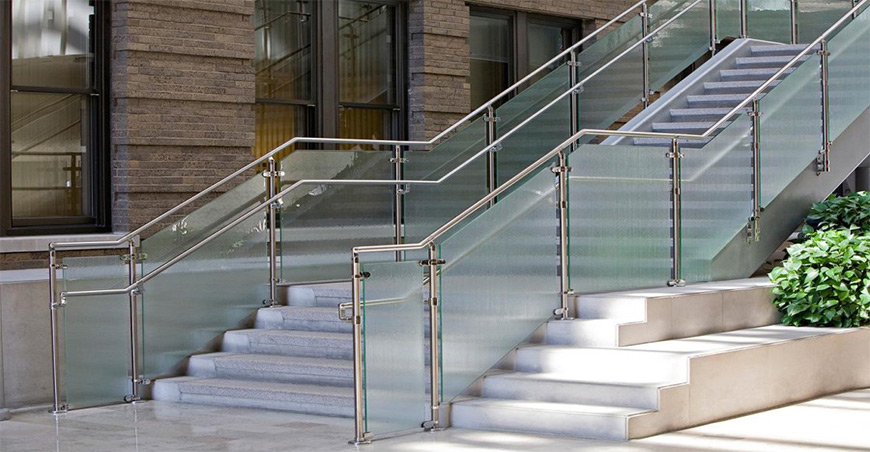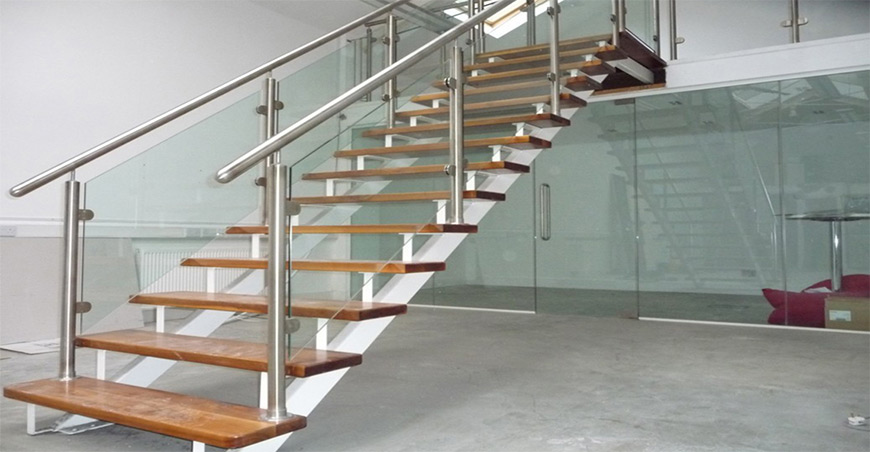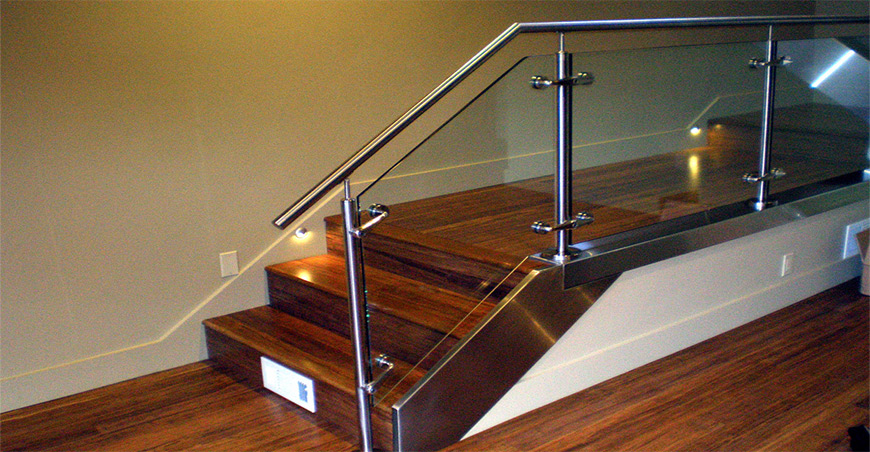Structural glass glazing has revolutionized the field of architecture and construction, offering an aesthetic and functional advancement that blends transparency with structural integrity. This innovative technology allows for the use of glass as a primary structural element in building facades, skylights, and other architectural features. Structural glass glazing provides a sleek, modern look while maintaining the necessary strength and durability to support various loads. This essay explores the principles of structural glass glazing, the role of contractors in its implementation, and the impact of this technology on contemporary architecture.
Structural glass glazing involves the use of glass as a load-bearing component in a building’s envelope. Unlike traditional glazing, which typically serves only as a non-load-bearing infill, structural glass glazing integrates the glass into the building’s structural framework. This is achieved through advanced engineering techniques and the use of specialized glass products.
The key principles of structural glass glazing include:
1. Load-Bearing Capacity: Structural glass must be engineered to support significant loads, including wind pressure, snow loads, and seismic forces. This is typically achieved through the use of tempered or laminated glass, which has been treated to enhance its strength and safety characteristics. Laminated glass, which consists of multiple layers bonded with an interlayer, offers additional strength and resilience.
2. Seamless Integration: In structural glass glazing, the glass panels are integrated into the building’s structural framework, often using minimalistic support systems. This design approach creates a seamless and transparent facade, allowing for unobstructed views and an open, airy appearance.
3. Thermal and Acoustic Performance: Advanced glass technologies, such as low-emissivity (Low-E) coatings and double or triple glazing, enhance the thermal and acoustic performance of structural glass systems. These features help to improve energy efficiency and reduce noise, contributing to the overall comfort of the building’s interior.
4. Safety and Durability: Structural glass must meet rigorous safety standards to ensure its durability and performance. This includes considerations for impact resistance, weather resistance, and long-term stability. Specialized hardware and installation techniques are used to ensure that the glass remains securely in place and performs reliably over time.
1. Glass Panels: The primary material used, often made from tempered or laminated glass for added strength and safety.
2. Spider Fittings: Specialized hardware that secures the glass panels at specific points, allowing for minimal visible support. These fittings are usually made from stainless steel for durability and aesthetic appeal.
3. Silicone Sealant: Used to seal the gaps between glass panels, providing weatherproofing and maintaining the structure's integrity.
4. Support Structure: In some designs, minimalistic metal frameworks or tension cables are used to provide additional support without compromising the transparent look.
1. Spider Glazing: Utilizes spider fittings to hold glass panels in place, often used in facades, curtain walls, and skylights.
2. Fin Glazing: Features vertical or horizontal glass fins that provide support to the glass panels, reducing the need for metal framing.
3. Point-Fixed Glazing: Glass panels are fixed at specific points using bolts or other connectors, giving a clean and frameless appearance.
4. Bolted Glazing: Similar to point-fixed glazing but typically involves more robust bolted connections for larger or heavier panels.
• Aesthetic Appeal: Provides a modern, sleek look that enhances the visual appeal of any building.
• Transparency: Offers unobstructed views, making it ideal for commercial spaces, showrooms, and modern homes.
• Natural Light: Maximizes the amount of natural light entering a building, reducing the need for artificial lighting.
• Durability: Made from high-strength glass, it can withstand environmental stresses while maintaining its integrity.
• Commercial Buildings: Used in office buildings, malls, and showrooms to create transparent facades and interiors.
• Residential Buildings: Employed in luxury homes to provide open, airy spaces with a modern look.
• Public Buildings: Utilized in museums, airports, and other public spaces to enhance the user experience through open designs.
• Atriums and Skylights: Often used to create large, open spaces filled with natural light.
Contractors play a crucial role in the successful implementation of structural glass glazing systems. Their responsibilities encompass several key areas, including design collaboration, material sourcing, installation, and quality assurance.
1. Design Collaboration: Contractors work closely with architects and engineers to ensure that the structural glass glazing system aligns with the overall design vision and structural requirements of the building. This collaboration involves reviewing technical specifications, assessing load-bearing requirements, and selecting appropriate glass products and support systems.
2. Material Sourcing: Contractors are responsible for sourcing high-quality glass and associated hardware from reputable suppliers. They must ensure that the materials meet the necessary safety and performance standards and are suitable for the specific requirements of the project. This includes selecting glass with the appropriate strength, clarity, and thermal properties.
3. Installation: The installation of structural glass glazing requires precision and expertise. Contractors must employ specialized techniques to handle and secure large glass panels, ensuring that they are properly aligned and integrated into the building’s framework. This often involves the use of cranes, suction devices, and custom-fabricated supports.
4. Quality Assurance: Contractors must conduct thorough inspections and testing to ensure that the structural glass glazing system meets all performance and safety standards. This includes checking for proper sealing, alignment, and integration with the building’s structural components. Any issues identified during the installation process must be addressed promptly to ensure the long-term reliability of the system.
Structural glass glazing represents a significant advancement in modern architecture, offering a blend of aesthetic appeal, functionality, and structural integrity. Contractors play a vital role in the successful implementation of these systems, from design collaboration to installation and quality assurance. Whether used in commercial or residential settings, it allows for the creation of modern, transparent spaces that connect the indoors with the outdoors while providing durability and safety. The impact of structural glass glazing on contemporary architecture is profound, enabling the creation of innovative, transparent, and energy-efficient buildings that enhance the user experience and contribute to sustainable design. As technology and design continue to evolve, structural glass glazing will undoubtedly remain at the forefront of architectural innovation, shaping the future of the built environment.





